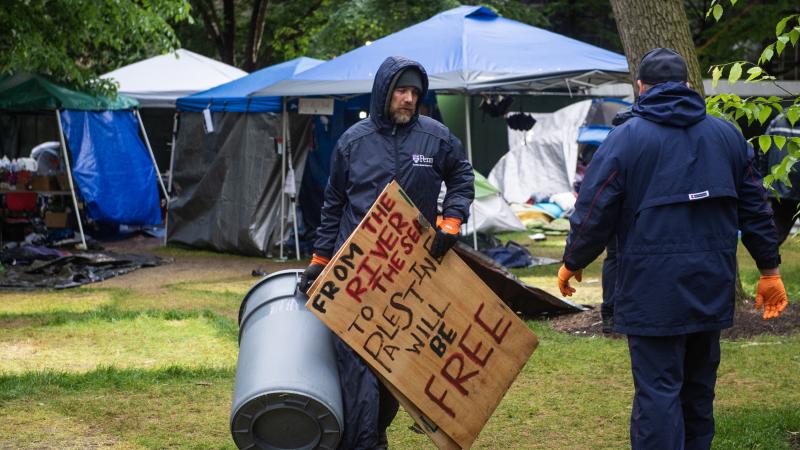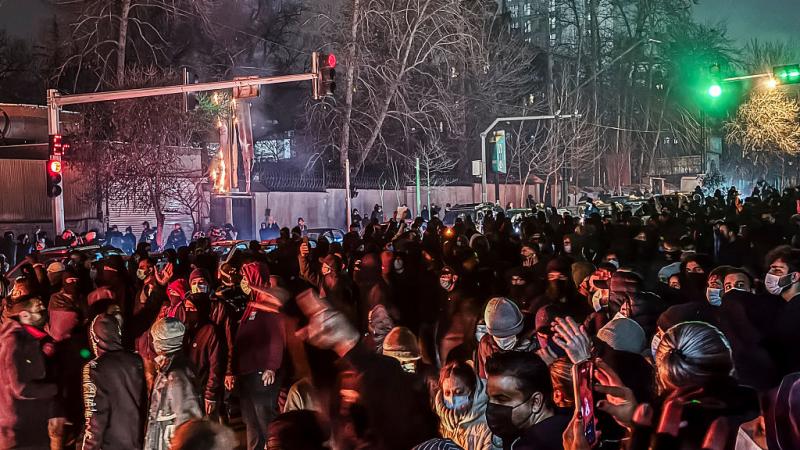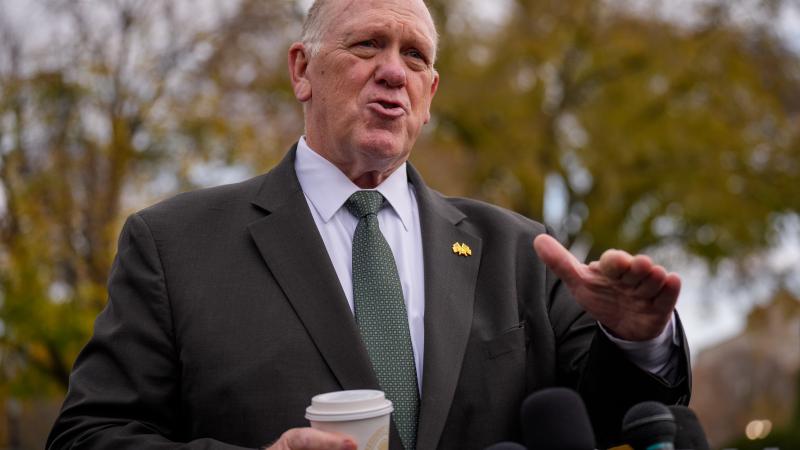Renewable energy implicated in rolling blackouts during California heat wave
Solar production in state dips just as peak demand is ramping up; situation 'could have been avoided,' energy exec claims.
Recent rolling energy blackouts in California are due at least in part to the state's self-imposed dependency on renewable energy sources, according to industry leaders and a top state assemblyman. The situation has left the Golden State struggling to meet demand amid an ongoing heat wave that continues to strain power grids increasingly dependent on solar and wind.
The blackouts, which occurred late last week and which state officials warn may continue in the weeks ahead, left at least hundreds of thousands of state residents without power for hours. Gov. Gavin Newsom warned this week that further outages could soon put millions more out of power for indeterminate amounts of time.
The heat wave that has gripped California and much of the western U.S. has sharply increased demand for air conditioning, which in turn has taxed the state's power infrastructure. With much of the state still under various forms of COVID-19 lockdown, demand has likely been driven even further upward by homebound residences all running their respective air conditioning at the same time.
Favorable weather for renewables—including abundant wind and sun—along with the importation of energy from neighboring states helped stave off another round of blackouts this week. Yet an expected spike in demand next week raised the likelihood for more shutdowns in the near future, officials said.
State 'simply cannot meet demands' on current power grid
Jim Patterson, a member of the California State Assembly and the vice chair of that body's Utilities and Energies Committee, said Wednesday that there was "no dispute that California is over-reliant on wind and solar."
"I have been warning ever since becoming the vice chair [of the energy committee] that these are the kinds of circumstances we would be facing," Patterson told Just the News via phone.
The assemblyman argued the state had declared various types of energy—including large hydro-electric plants, natural gas, and nuclear power—as "immoral," leading to the shuttering of numerous non-renewable energy producers statewide as the state added more and more renewable producers to its grid.
Numerous natural gas plants in the state, for instance, have in recent years closed down, some for environmental reasons and others due to financial insolvency. Those that remain open also face more competition from renewable energies such as solar and wind, leading to further financial difficulties and more potential closings.
The state has meanwhile greatly ramped up its reliance on renewables over the last half-decade: The California Energy Commission says that in 2014 renewables accounted for just under 23% of in-state electricity generation, while in 2018 it was over 32%. Natural gas during that time went from supplying 61% of in-state energy to just 46.5%.
Notably, solar energy made up the largest increase in state electricity generation among renewables, going from 5.3% of the state's total to roughly 14%. The share of wind energy also jumped from 6.5% to 7.2% of the state's total.
Those numbers may help explain the energy blackouts, the first the state has seen in roughly two decades: The California Independent Systems Operator—the manager of the state's electrical grid—lists peak demand as coming in the mid-evening, right as the sun is beginning to set and when solar production essentially drops to zero. Many wind farms, meanwhile, are more productive at night, well after peak demand has past.
"When we have surges in demand, the state of California simply cannot meet those demands," Patterson said.
CAISO President Stephen Berberich suggested as much on Monday when he argued during a company meeting that the state sees "inadequate power available during the net peak, the hours when the solar has left the system." The situation "could have been avoided," he declared.
CAISO declined an interview request for Berberich. On Monday he said that, once the sun sets, electrical operators have to "ramp up other resources quickly to meet that net peak event."
Patterson claimed that, even though California has aggressively pursued a move toward green energy, the state still seeks out fossil fuels when it can't meet its own demand.
"We are now buying pretty expensive natural gas on the spot market to keep our lights on in California," he said. "To make good on our 4400-megawatt shortage, we’re having to use the kind of electricity that California has essentially turned its back on."
Berberich this week noted that the state had weathered other heat waves in the past by purchasing out-of-state energy, but that the widespread heatwave across the rest of the western U.S. had made extra electricity less abundant. "The rest of the West is hot too," he said.
Whether more blackouts will actually occur in the near future will depend upon both the duration of the heatwave and the length to which California consumers will self-ration their electrical use. Patterson, meanwhile, believes renewables are by-and-large incapable of meeting the state's demand.
"The mythology is that you can operate the fifth-largest economy on the planet with wind and solar," he said. "And it’s just not true."
Former Gov. Jerry Brown mandated in 2018 that the state reach 100% renewable energies by 2045, with a target of 50% by 2025.
















